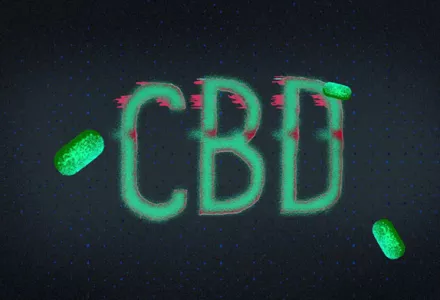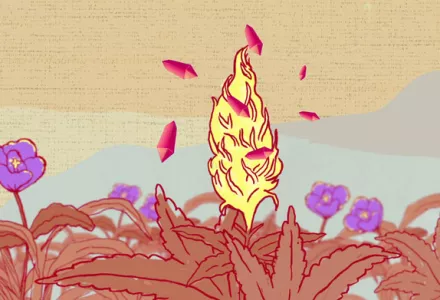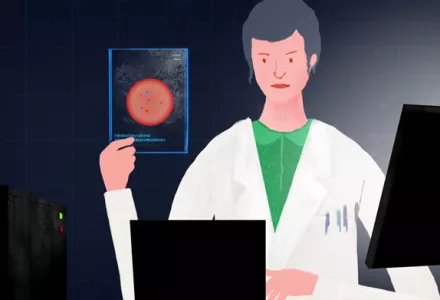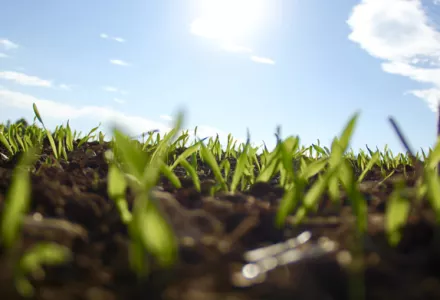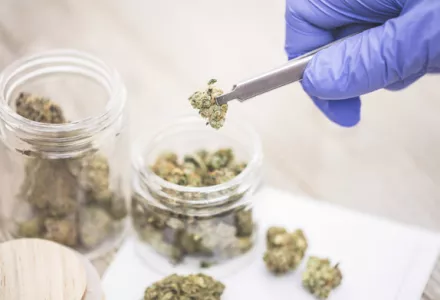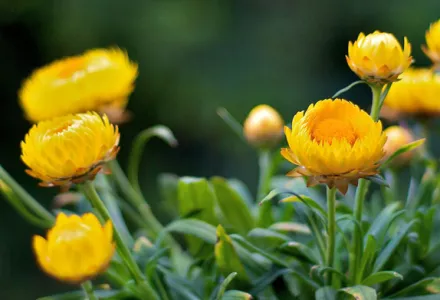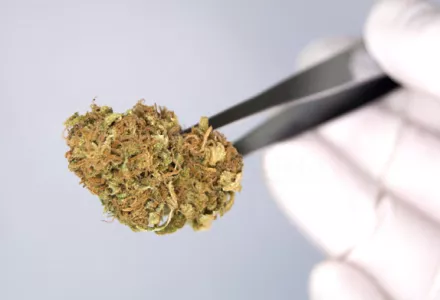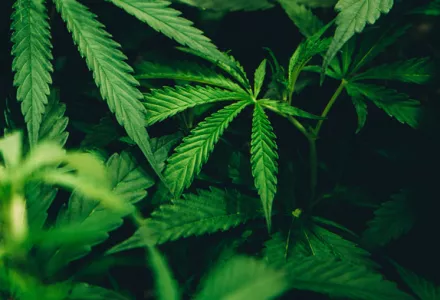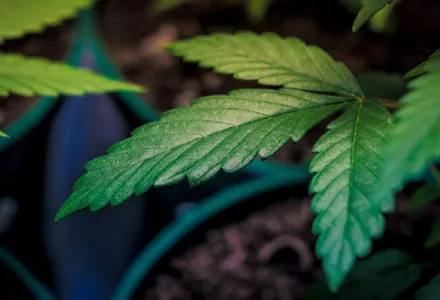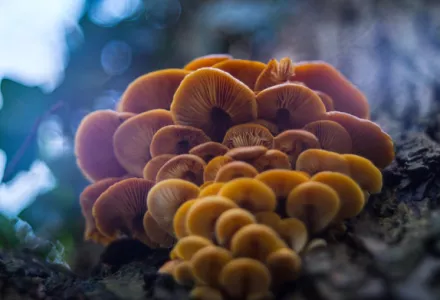This is an article created by Fundacion CANNA, a Spanish non-profit organization that carries out studies and conducts research on Cannabis and its active compounds. Its main focus is on Cannabis plants and their active compounds, related studies and scientific research, especially regarding its effects on the human body and mind and regarding Cannabis use and its derivatives. Fundación CANNA has it’s own laboratory where different kind of tests are performed.
Hemp and its sexier cousin marijuana both come from cannabis sativa. This one plant species embraces thousands of different cultivars and strains, bred for different purposes.
Hemp has been very closely connected with human history for centuries, satisfying a variety of needs. Hemp fibre, seeds, flowers and stalks have played a part in major historical events throughout the world. Columbus, for example, could never have made it to America without strong hemp ropes and sails. And throughout history, education in China was furthered by the use of cheap hemp paper to disseminate information.
Finally, hemp has provided medicinal relief to millions over the last 5,000 years.
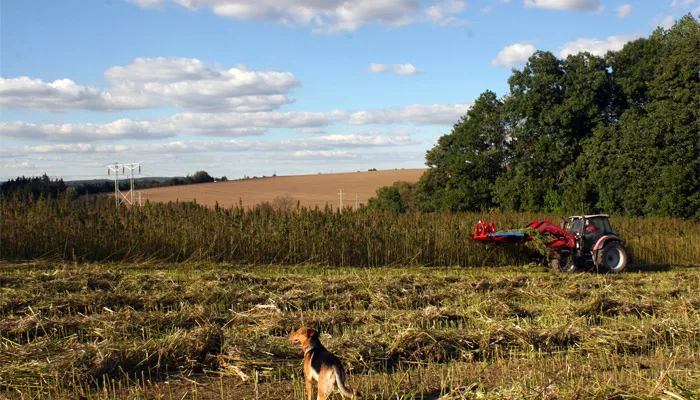
However, in 1961, the United Nations placed hemp on a “black list,” resulting in a global ban on the growing of the crop. THC (the psychoactive cannabinoid content) was discovered in 1964 and joined the list of prohibited substances in 1968. It was not until 20 years later that scientists in France, which has a strong tradition of hemp growing, developed strains with a very low THC content, allowing the plant to be used once more for such things as food, fabrics and building materials etc. with no legal complications. That scientific development was coupled with strong lobbying in the European Parliament, eventually resulting in new regulations allowing EU countries to grow industrial hemp with a maximum THC content of 0.3%.
Industrial hemp is currently defined as comprising strains with less than 0.3% THC (some countries set the maximum at 0.2%). Strains under this 0.3% level qualify to be registered in the EU Common Catalogue of agricultural plant species that can be grown as an industrial crop.
Read more about:


